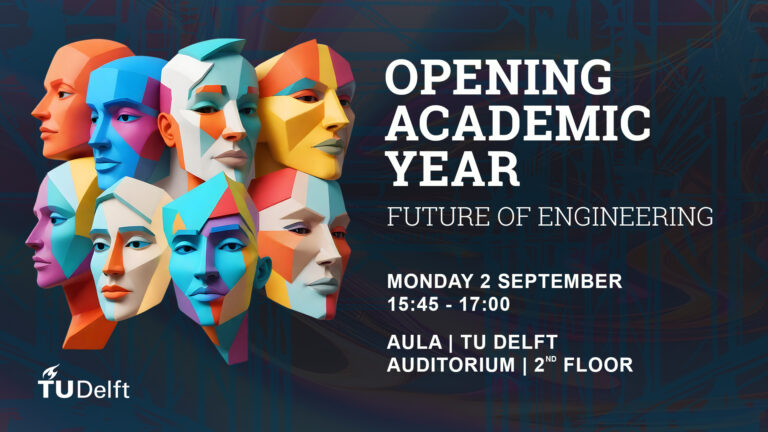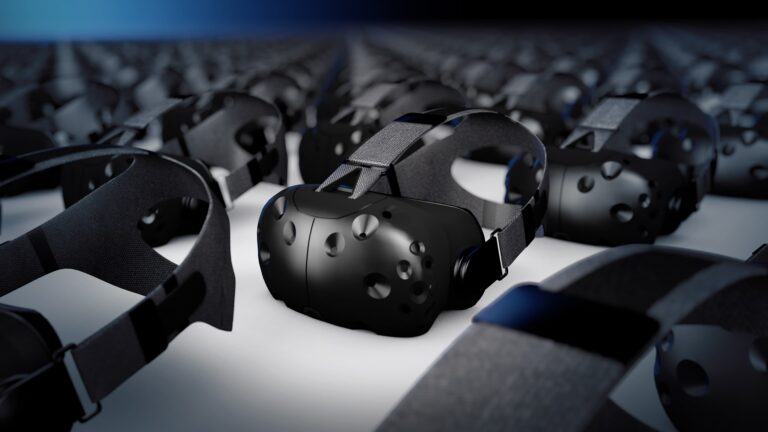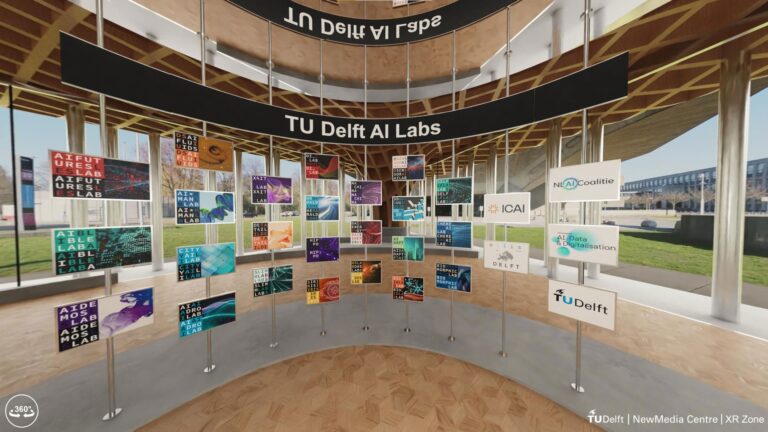Radioactivity
The Radioactivity project uses VR to make learning safe and immersive, allowing students to explore radiation through realistic experiments, while teachers guide and monitor remotely.
With limited educators available to teach hands-on lessons about radioactivity and strict restrictions for experiments, many students missed out on understanding this vital topic. A team at XR Zone partnered with experts to revolutionize learning through Virtual Reality (VR). Together, they set out to design a learning experience unlike any other—one where students could not only understand radioactivity but interact with it in ways previously unimaginable.
At the core of this effort was a challenge: a dedicated but overstretched team of experts from a university of science was struggling to meet the demand for in-person demonstrations. Only two educators were available to cover an entire country, and many students were barred from hands-on experiments due to safety concerns. The solution? A VR app that would democratize access to this critical knowledge.
The project created a VR app that allowed students to safely explore the principles of radioactivity. Through realistic simulations, they could manipulate radioactive sources, sensors, and shielding to observe how radiation diminishes over distance and through barriers. Every detail, from radiation detectors to interactive experiments, mirrored real-world physics.
They wanted to ensure that teachers could oversee and coordinate these virtual lessons. Enter the remote-control feature. With this innovation, educators could monitor up to 20 students simultaneously, guiding them through the experiments, pausing for discussions, or even triggering fire alarms to test emergency responses. For students unfamiliar with VR, the app included a tutorial level, easing them into this new mode of learning with lessons on movement, object interaction, and navigation.
This innovation addressed the shortage of instructors and made learning both engaging and immersive. Still evolving, the Radioactivity project has already transformed classrooms, breaking barriers of geography and resources. It demonstrates how technology can make even the invisible forces of nature tangible for everyone.
“Making the invisible visible—empowering students to safely explore the science of radioactivity through immersive technology.”
Developer: Jeroen Boots





